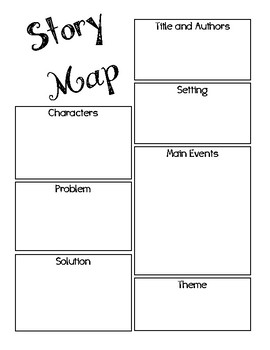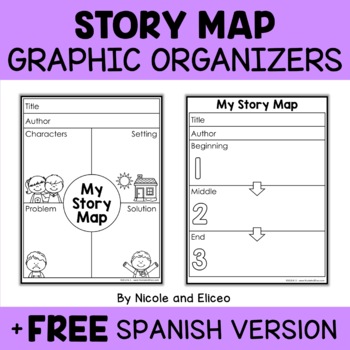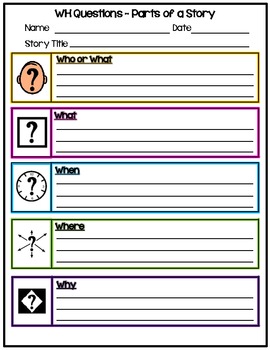

It can help you figure out how to teach setting to your students. Story map templates can be used to map the beginning, middle, and end of a text as well.Ī story map can be used as a planning tool for writing projects, help with writing a paragraph worksheet and creative writing assignments.

In addition, they are also helpful for determining the plot, point of view, theme, and other elements of a story. Students can use a story map template to help identify different story characters or settings.
#STORY MAP ORGANIZER FREE#
FREE offers are often time-sensitive and may be limited time only.Īre you looking for a great way to teach your students elements of literature? A story map graphic organizer is a wonderful visual aid that you can use when teaching about story elements with reading and writing.Ī story map graphic organizer helps students to organize and classify the information that they have read. Modern History Activities & NotebookingĪffiliate links may have been used in this post.Geography Notebooking Research Journals.Free Study Guide and Notetaking Templates.Holiday and Seasonal Writing Prompts for Kids.The Mystery of History Planning & Portfolio Pages.FREE Weather and Natural Disasters Resources.Human Anatomy Freebies & Instant Downloads.Comprehension instruction: Research-based best practices. The map is discussed and students are encouraged to add items to the categories or even to suggest new categories.īlock, C., & Pressley, M. A class Story Map may be created by putting the information on a large sheet of paper.After the students have completed their Story Maps, they may discuss why each element was recorded.Examples of such key elements are listed below: The other components of the story may be mapped out during the reading process.Students begin by recording the title of the assigned text on the Story Map.Teachers should introduce the text/story to be read and provide each student with a blank Story Map.The larger meaning or importance, the moral, the “so what?”.Resolution/Outcome: How was the problem solved? Was the goal attained?.Events/Episodes: the key steps or events that capture the progress of the situation.Problem/Goal: What set events in motion? What problem arose, or what were the key players after?.


The use of Story Maps as a comprehension strategy can be beneficial for all students, and are especially helpful for students needing the additional support of a graphic organizer. Story Maps can be used with both fiction (i.e., defining characters events) and nonfiction (i.e., main ideas details). This strategy helps students examine the different components of an assigned text or story. Story Maps can be used with the entire class, small groups, or for individual work. Students learn to summarize the main ideas, characters, setting, and plot of an assigned reading. This technique uses visual representations to help students organize important elements of a story. Story Maps are used for teaching students to work with story structure for better comprehension.


 0 kommentar(er)
0 kommentar(er)
